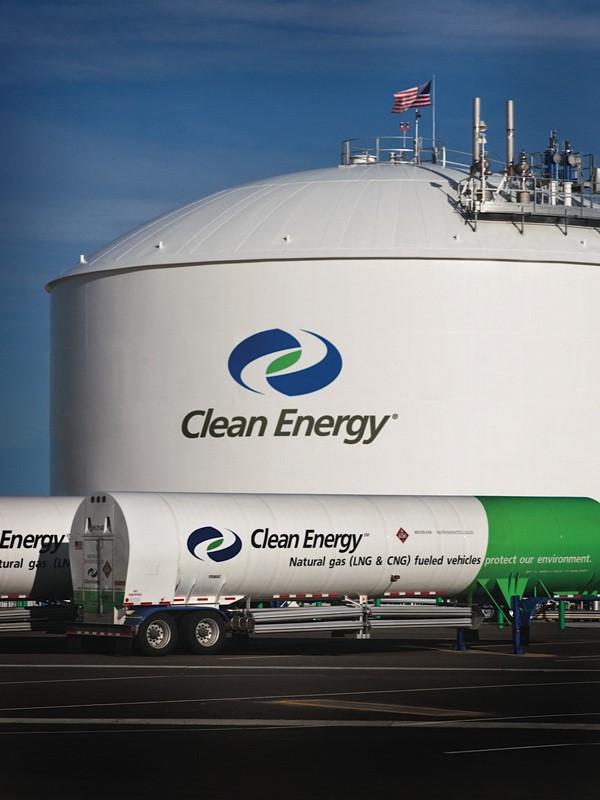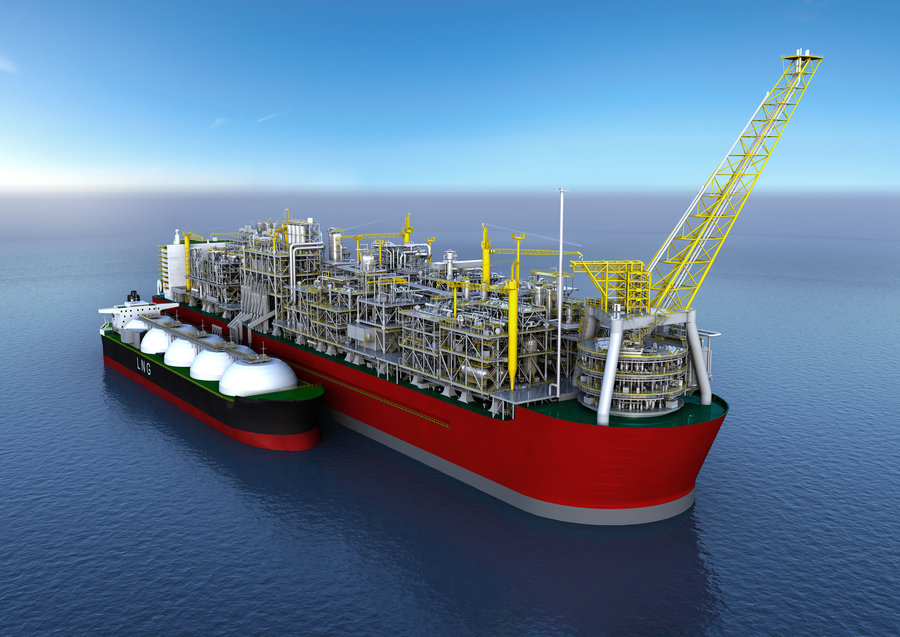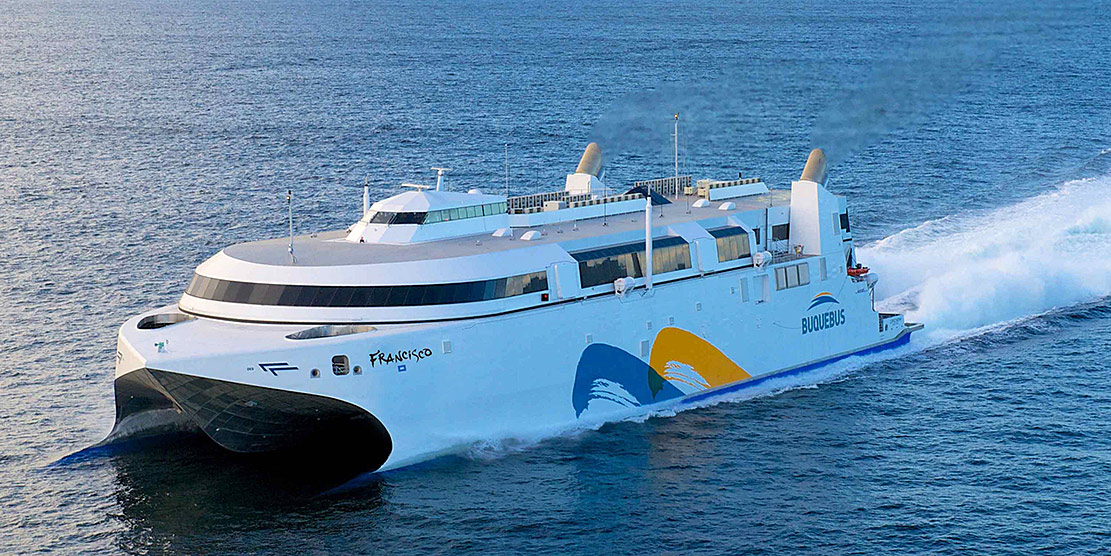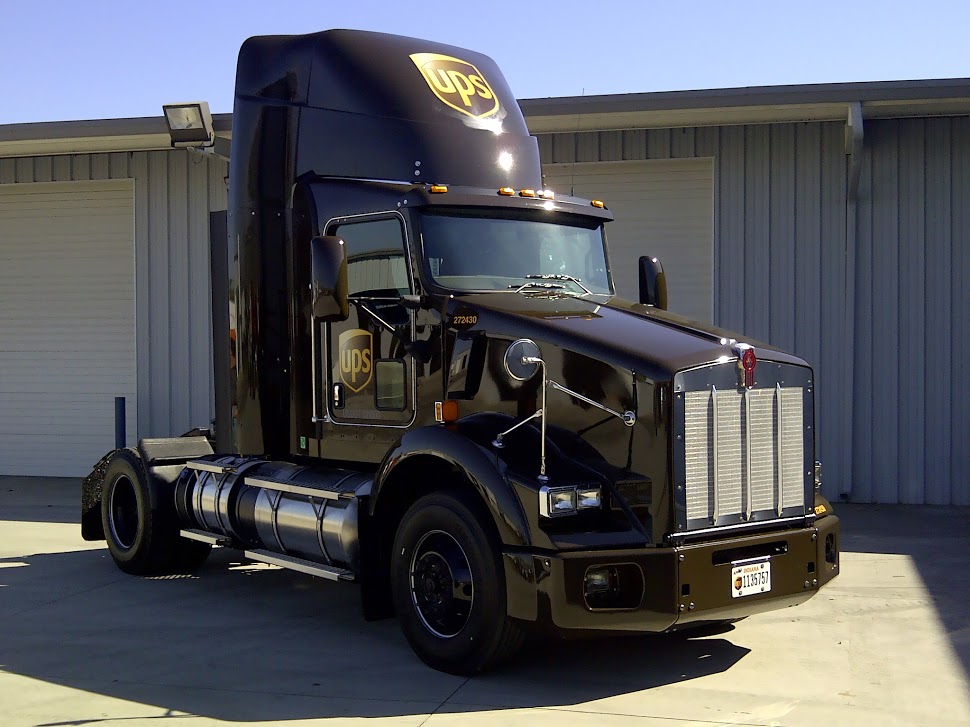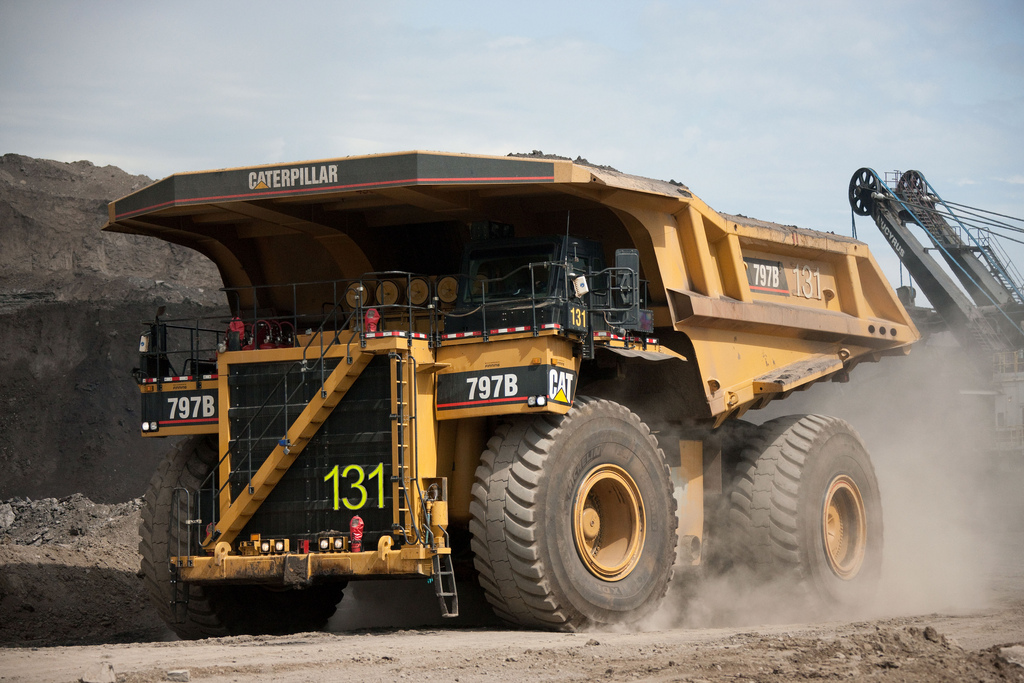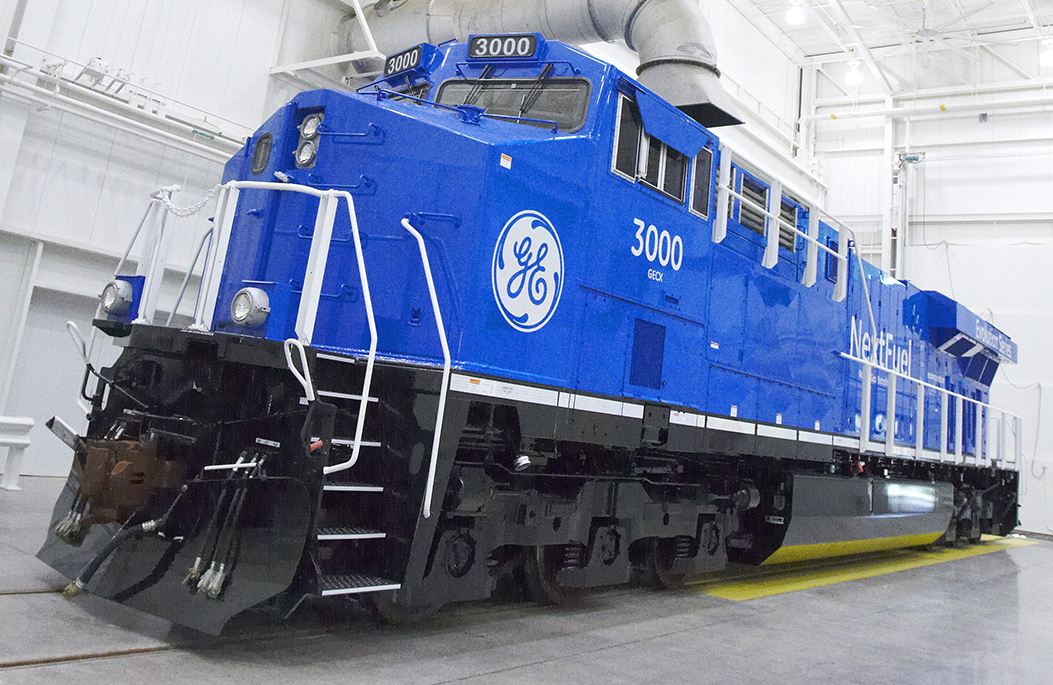I wrote this paper for FC Gas Intelligence, January 15, 2014 (.pdf)
Introduction:
In 2011 the International Energy Agency (IEA) made a bold claim that we are entering “A Golden Age of Gas”. The key drivers for this transformation in the global energy mix are growing supplies and falling prices of natural gas due to new unconventional sources such as shale, combined with heightened environmental awareness and increased restrictions of emissions of sulfur and carbon from coal and oil.
Can we see evidence for this new importance for natural gas in the market for liquefied natural gas (LNG) as we enter into the year 2014?
Industry executives do seem to be believers. Executives at Royal Dutch Shell stated in 2013, “given the abundance, environmental acceptability and affordability of gas, we believe that it will become an ever-increasing part of the global energy mix over the next two decades. This is good for the planet, good for the economy, and good for the gas business”. Jeff Immelt, the CEO of General Electric echoed the sentiment, “it is the dawn of the age of gas and 2014 will be a defining year”.
In the USA diesel prices in 2013 were ~ $4.00 per gallon, while LNG was ~ $2.50 per diesel gallon equivalent (DGE). LNG prices are less volatile and trade in a narrower band than diesel and this spread is expected to remain in the near term.
LNG use reduces CO2 emissions over diesel by around 30%, reduces NOx (Nitrogen Oxides) emissions by half, and slashes sulfur, particulate matter and heavy metals to nearly zero. Increased restrictions of sulfur emissions under various regulatory regimes have already had the effect of pushing some industrial sectors towards gas, this has been particularly noticeable in maritime shipping and power production.
Since natural gas has the lowest carbon ratio of any fossil fuel it is the clear beneficiary over coal and petroleum under any carbon restricting policies such as a carbon tax or cap and trade system. Biomethane which is chemically identical to fossil methane and is produced from biomass and waste can be carbon negative, any quantities brought to market will have a positive impact on lowering the overall carbon impact of natural gas.
Natural gas also enables energy efficiency and intermittent renewable energy technologies such as wind and solar by ramping up quickly to fill gaps in power production. Combined cycle gas turbines are the gold standard for efficiency in electric power production and versatile gas can also be used in a variety of cutting edge applications such as fuel cells, micro-turbines and combined heat and power, the use of all of these technologies is growing. Natural gas will have an important and enduring role in enabling renewable energy and efficiency projects around the world.
Storage and transport facility, Clean Energy Fuels Inc.
Supply and Demand Projections
According to the International Gas Union (IGU) natural gas will be the energy story of the 21st century. Demand is forecast to grow 2.5% a year for the next 10 years, ranking it second in the global energy mix in 2030.[1]
The IEA Golden Age of Gas scenario predicts that the share of natural gas in the global energy mix increases from 21% to 25% in 2035, pushing the share of coal into decline and overtaking it by 2030.[2]
Shell projects that gas demand will increase by some 60% from 2010 to 2030, with demand in Asia and the Middle East doubling in that period and China gas demand increasing almost five-fold. [3]
LNG will play an increasingly important role in linking the supply centers with the demand centers, Shell expects LNG demand to double between now and 2025 increasing from 250 mtpa to 500 mtpa. [4]
In GE’s Age of Gas forecast, natural gas is projected to supply 26% of the world’s primary energy needs by 2025, a 36% increase in demand.[5]
The U.S. Energy Information Administration (EIA) has estimated that natural gas will be a prominent alternative fuel in the transportation industries with a growth rate of 11.9 percent from 2011 to 2040. The EIA also projects that energy from natural gas remains far less expensive than energy from oil through 2040.[6]
Natural gas output in the United States, the world’s largest producer, rose to 2.198 Tcf in August 2013, the highest since at least 1973, according to the latest Department of Energy data. Marketed production will expand 1.1 % to 71.03 Bcfd in 2014, the department estimates.[7]
Global natural gas supplies are considered to be robust with ample supply available throughout the world. Conventional resources are equivalent to more than 120 years of current consumption and unconventional resources raise the estimate to 250 years.[8] Methane hydrates and biomethane represent possible future supplies with significant potential as well.
Economic and environmental factors are driving increased fuel substitution away from oil and coal toward natural gas and renewables. Oil represents 31 percent of global energy use today, but should fall to 27 percent by 2025 as efficiency gains, conservation, and substitution effects take hold. This decline is largely from high prices further squeezing oil out of stationary applications, and the slow but steady adoption of alternative transportation fuels.[9]
The global LNG market is expected to be supply constrained until at least 2015. Japan’s nuclear situation will be a major determinant of spot markets over the next couple of years as LNG imports have been used to replace the energy from the shuttered nuclear fleet.
For the first time in three decades, LNG supply fell in 2012, but this was primarily due to only one new liquefaction facility coming online while other facilities were struck by unexpected maintenance problems as well as security issues in some Middle Eastern countries restricting gas flow to LNG plants. Demand continues to hold strong and the growth of export capacity internationally will determine how tight the market remains.[10]
In most countries LNG is a major feedstock for power and industry, but its use in transport has been minimal. Several factors indicate that transport fuel applications could revolutionize LNG demand. LNG is poised to begin impacting the trucking sector as fueling stations get built out, but the greater displacement potential in the near term is in marine shipping due to the stringent environmental regulations the industry is now facing.
Infrastructure
Infrastructure is a critical component in expanding the natural gas market. Pipelines, LNG liquefaction and refueling stations all need to be in place to meet demand and serve customer needs. This is true in every sector of the industry and is a primary area for investment in the coming years.
Global annual expenditures on natural gas infrastructure now range from $250 to $300 billion per year. Of this total, nearly 25 percent of industry spending is devoted to expanding gas transportation networks including pipeline, storage, and LNG systems. Over the next five years, gas transportation network development is likely to account for nearly 30 percent of annual capital spending of the $400 billion global gas industry. A significant portion of this investment is related to large-scale LNG development, which will exceed pipeline investment over this time period.[11]
According to GE, denser networks for natural gas will contribute to greater flexibility and improved economics. The expanding network of natural gas infrastructure expected from the gas boom, will enhance deliverability, leading to greater supply resiliency and less price volatility. Incredible synergies could come from increasing linkages between ship, pipeline, rail, and trucking networks for natural gas, liquefied natural gas (LNG), compressed natural gas (CNG) and small scale generation and fueling systems.
The United States currently has about 60 small-scale liquefaction plants producing about 4,470,000 gallons per day (gpd) used as transportation fuel and to generate electricity, but none that are used for bunkering ships. The market for LNG plants is poised for tremendous growth in coming years, by the end of 2016 could reach 5,406,000 gpd according to Zeus Intelligence.
A consortium called Eagle LNG partners composed of GE, Ferus Natural Gas Fuels and Clean Energy Fuels recently announced plans to construct a new plant in Jacksonville, FL with a capacity of 300,000 gpd to supply trucks and ships. The plant should be operational by 2016 and will be the first of five in the nation for the group. Another plant of the same size is planned for Tacoma, WA with each facility costing around $100 million. Other plants will be smaller 100,000 gpd units in Ohio, Colorado and Texas at a cost of $45 million each.
FLNG & FSRU
Floating LNG (FLNG) production and Floating Storage and Regasification Units (FSRU) are an emerging sector of infrastructure. Though currently limited in number, and not a factor in the USA, this revolutionary technology has the potential to greatly expand international markets for gas on both supply and demand sides by providing facilities on ships that can be relocated as needed to meet evolving market conditions and avoiding the risk of expensive stranded assets such as unused LNG import terminals in the USA.
FLNG has been pioneered by Royal Dutch Shell who recently floated the hull for its new vessel, the Prelude, which will be the largest ship ever built and the first FLNG project. This new technology offers the ability to develop stranded gas fields that are too far from shore to economically develop by traditional methods. FLNG vessels will be able to fill LNG container ships directly at the source of production. The Prelude will produce at least 5.3 million tons per annum (MTPA) of liquids, 3.6 MTPA of LNG, .4 MTPA of LPG and 1.3 MTPA of condensate. Malaysia’s state owned oil and gas company Petronas is working on its own FLNG vessel, PFLNG 1, which is expected to launch in Q4 2015 and will produce 1.2 MTPA of LNG.
Shell FLNG vessel Prelude. The world’s largest ship. Animation by Shell.
FSRU facilities can be a vital link for new markets by enabling the cargo of an LNG carrier to be converted into its gaseous form on-board the vessel for direct delivery into shoreside gas pipelines. Prior to the advent of FSRUs, expensive (and permanent) shoreside storage and regasification facilities had to be built in order to import LNG. Since LNG markets can change quickly, having the ability to relocate expensive facilities to new locations as the market demands offers tremendous flexibility and allows new markets to be developed quickly. In January 2013, the floating regasification market reached 31.7 MTPA of import capacity spread across eight different countries.
Marine
The marine shipping industry is moving towards a heavy use of LNG, driven primarily by new emissions standards that come into place in 2015. These regulations include the North American Emission Control Area (ECA) requirements and Phase II of California’s Ocean Going Vessel (OGV) Clean Fuel Regulation. In 2015, seaborne traffic in North America, the US Caribbean, and European waters will be mandated to reduce fuel sulfur content from 1.0% to 0.1%.
The global fleet of 42 LNG-powered ships will almost triple by 2014 and increase 42-fold to almost 1,800 vessels by 2020, according to DNV GL, the largest company certifying the merchant fleet for safety. Thirty-seven new LNG-fueled ships and two conversions are on order, scheduled for delivery in the next three years.
A little more than a decade after its first tests in the European market, North America companies have begun to penetrate the marine LNG fuel market with formidable speed. North America will at least have 31 LNG fueled vessels by 2018. Including “LNG-ready” vessels, this number rises to 42. More impressive however is that none of these vessels were in operation prior to 2013. The first LNG-fueled ship (that is not an LNG container ship) was a Norwegian ferry built in 2000. LNG container ships have for decades used the boil-off from their LNG cargo for fuel.
In the United States and Canada, Harvey Gulf International Marine plans to add new vessels to its fleet that already includes five LNG-fuelled vessels. Interlakes Steamship Company has signed a preliminary LNG supply deal with Shell which could accelerate the conversion of several fuel oil powered vessels to run on LNG.
The biggest vessels ordered so far are two container ships for delivery in 2015 and 2016 for TOTE Inc., which runs services between the United States and Puerto Rico and Alaska. The design for the LNG-powered vessels won the Next Generation Ship Award in June at the industry’s biggest conference in Oslo.
Another ship owner, Matson has also decided to move forward with the construction of two new Aloha class 3600TEU containerships at Aker Philadelphia Shipyard. Designed for service between Hawaii and the West Coast, the 260.3 meter long vessels will be the largest containerships constructed in the US and feature dual fuel engines and hull forms optimized for energy efficient operations.
An LNG powered ferry set a new world speed record for ships in 2013 at 58.1 knots. The Francisco, an Argentine ship owned by Buquebus and built by Incat is powered by dual GE LM2500 turbines that produce 22 megawatts each (~30,000 horsepower). The innovative ship is an aluminum catamaran with a unique wave piercing design.
The fact that LNG has proven performance in cutting edge ship designs, favorable economics and decisive environmental advantages creates a compelling case for the maritime industry to commit to LNG. A combination of rising bunker prices, environmental regulations and growth in infrastructure have served as the tipping point which could see LNG establish itself as a viable primary fuel for commercial vessels in the US.
LNG powered ferry Francisco. World’s fastest ship at 58.1 knots.
Trucking
The United States is one of the leaders in LNG use in trucks. As of September 2013, there are 73 LNG re-fuelling stations in operation – 33 of which are open for public use. The major operators include Clean Energy, Blu LNG, and Waste Management. The majority of these stations are located on US West Coast.
In the past two years ambitious plans have been made to greatly expand the network of fuelling stations, primarily along trucking corridors and interstate highways. Clean Energy fuels announced plans in July 2011 to construct “America’s Natural Gas Highway”, a network of 150 public access LNG fuelling stations across 33 states. Shell and TravelCenters of America announced in April 2013 a partnership to build a network of over 100 LNG fuelling stations along U.S. interstate highways. Both Shell and Clean Energy will construct new liquefaction plants to serve these networks. Blu LNG has plans for up to 500 LNG stations and liquefaction plants as well.
The availability of suitable engines has been a key issue at the forefront of the emerging LNG fueled trucking industry. The OEM field for truck engines remains small, the market is currently composed solely of Cummins, Westport Innovations, Volvo, and Cummins Westport (CWI), a joint venture of the first two firms. These four firms have developed a total of five engines for the market.
Lower horsepower engines are mostly spark ignition and can use both CNG and LNG. Larger engines in the 250-600 horsepower range are using Westport’s HPDI (high-pressure, direct injection) dual fuel technology which mixes a small amount of diesel for ignition and requires LNG. Westport is licensing this technology to other OEM’s such as Caterpillar and Volvo.
The largest announcement in recent months for plans to move to LNG was made by UPS who said they will add 950 LNG fueled trucks to their fleet by the end of 2014 plus four new private LNG fueling stations. A 10 year deal was struck with Pivotal LNG to supply 500,000 gallons of LNG to UPS. UPS already owns 112 LNG tractors with fuel sources in Las Vegas, Phoenix, Beaver, Salt Lake City and its own fueling station in Ontario, California. An initial investment of $18 million will be used to build 4 more private UPS fueling stations in Knoxville, Nashville, Memphis and Dallas by the end of 2014.
LNG fueled UPS truck
Fleet owners considering transitioning from diesel to LNG must consider relative prices of the alternative fuels and the payback period to cover the costs of the capital investment. Current average prices for diesel are approximately $4 per gallon, and LNG price is approximately $2.5 per diesel gallon equivalent. This price delta is magnified by the number of miles driven, truckers who drive more miles receive greater benefit and shorter payback periods from switching to LNG. If diesel prices fall or LNG prices rise reducing the delta between them the transition to LNG will slow.
High Horsepower (HHP)
Westport HDPI engine technology has been licensed to Caterpillar for development of a next generation mining truck. The design will be tested at Shell’s oil sands operations near Fort MacMurray in Canada. Shell will provide fueling infrastructure as part of the deal.
Caterpillar HHP mining truck at Shell oil sands in Fort MacMurray, Canada
Exploration and production companies are both producers and user of oil and natural gas products, and have served as zealous proponents of LNG fuel. Oilfield equipment, like on-land drilling rigs, have high fuel consumptions and suffer from potential operating risks due to a volatile diesel prices. Thanks to the low costs and significant environmental benefits, the drilling rig industry has begun to move toward using gas as a fuel, as either LNG, CNG or field gas.
A key cost component is the addition of expensive storage and vaporization equipment for LNG fueled rigs. As a result numerous operators have pushed to use field gas over LNG to avoid this high cost. However due to variations in the composition of gas LNG continues to be the choice for many due to the consistent fuel quality it offers.
Numerous firms have moved into the market. EnCana, an early mover who has reported operating 15 rigs with gas, has been joined by firms like Noble Energy, Apache Corporation and EQT Corporation in running rigs on both field gas and LNG. Similarly, LNG suppliers have also made major moves to support this market. Industry leaders like Prometheus Energy, Linde, Encana and Ferus have been some of the most visible.
Rail
Apart from marine vessels and on-land heavy-duty trucks, the rail industry has an opportunity to become another major consumer of LNG as a fuel. Class I railroads in the U.S. and Canada, such as Burlington Northern Santa Fe Railway (BNSF) and Canadian National Railway (CN) have been testing LNG fueled locomotives. Several railroads experimented with the fuel in various projects in the 1980’s and 1990’s. However the current price differential between natural gas and diesel plus new emissions rules provides in encouraging the reevaluation of LNG. CN’s trial project began in late 2012, while BNSF announced a project to test six LNG fueled locomotives in late 2013 in anticipation of evaluating a fleet-wide conversion in 2014.
Locomotive manufacturers have responded to customer interest in LNG. Westport Innovations, Caterpillar and LNG supplier Gaz Metrohave launched a program to develop an LNG fueled locomotive. While leading competitor General Electric has announced its own plans to develop conversion kits for existing Evolution series locomotives.
GE NextFuel LNG rail locomotive
The cost of retrofitting the diesel engine of one locomotive and adding one additional tender car, which is necessary to use LNG, has been estimated by industry sources to add an additional $1 million in incremental costs. For large rail fleets like BNSF, who owns and operates approximately 6,900 locomotives, the total cost for the conversion project can be considerable. However, only one tender car is actually needed for every two locomotives, so multiple unit orders may offer some cost savings.
LNG locomotives may also offer ancillary benefits over diesel locomotives. Each LNG fuel tender car holds roughly 10,000 gallons of LNG, which enables a longer travel range than diesel locomotives. The reduced frequency of fueling stops helps increase the locomotives’ operational efficiency.
Fueling infrastructure remains a challenge for the industry. Current supply has been delivered through LNG tank trailers and mobile fueling units. As trial projects become reality, larger stationary fueling sites will be essential to supply necessary large fuel volumes. The increased range of LNG fueled locomotives may allow them to reduce the number of fueling hubs saving on infrastructure costs and time.
LNG Export Terminals
The expansion of shale gas production in North America has reversed the outlook from an expectation of LNG imports a few years ago to surge in proposed liquefaction projects for both domestic and foreign markets. Proposals are on order of ~190 MTPA which would represent a major change in the role of North America in world LNG activity. However, putting shale gas into play for export faces a variety of political and commercial hurdles that must be overcome.
LNG exports from the USA remain mired in political debate and uncertainty. Numerous applications have been made to the Department of Energy and FERC, but licenses have been slow to be granted. While the USA has vast supplies of gas and could potentially have a large impact on the global LNG market, opposition has been growing from domestic gas consumers, environmentalists concerned about fracking and energy nationalists who argue that gas should be kept at home.
So far four projects have received DOE approval to export gas to non-free-trade countries: Cheniere Energy’s Sabine Pass terminal in Louisiana, the Lake Charles LNG export project in Louisiana, Freeport LNG on Quintana Island, Texas, and Dominion’s Cove Point LNG terminal in Maryland, which was conditionally approved to export up to 770 million cubic feet of gas per day in September, 2013. Combined, these projects represent roughly 6.8 billion cubic feet of U.S. natural gas exports to non-free-trade nations.
While some groups argue that LNG exports will cause a sharp increase in domestic natural gas prices, it is more likely that the sheer quantity of gas available in the USA will keep a limit on upward price pressures.
Conclusion
Historically, fuel transitions in industry have followed a familiar S-Curve pattern marked by a slow pace of early development (the foot), a rapid uptake over a few years, then a plateau of market acceptance. Examples include the transition from gasoline to diesel in North American trucking driven by lower costs and increased productivity. Diesel held around 15% of the market share in 1950’s and increased to 100% in the 1980’s. A more rapid shift occurred in U.S. power plant construction which went from 6% of new construction in 1986 to 96% in 2000. In rail, the transition from steam to diesel occurred in less than 20 years as all steam locomotives were removed from service by 1960 despite dominating the market in 1940.[12]
Currently the LNG market is still in the first stage of the S-curve of early development. Certain sectors are farther along the transition path, particularly maritime shipping. The primary drivers are low gas prices relative to diesel fuel that has resulted from increased unconventional gas supplies. The second complementary driver are increased emissions restrictions that limit the amount of sulfur and particulate matter than can be released. Since LNG has virtually no particulates or sulfur it is far easier and less expensive to use LNG rather than employ costly exhaust scrubbers for diesel. It is widely expected that some sort of carbon pricing regime will be put in place sometime in the future which will also serve to encourage the use of natural gas over other fossil fuels.
Development of infrastructure for liquefying, transporting, storing and fueling is crucial to the development of LNG industry and penetration into the various market sectors identified. LNG is itself critical to the growth of the broader natural gas market as LNG enables large scale transport of gas across broad geographies that cannot be served by pipelines.
Now is the time to make smart, targeted investments. Every industry sector is unique but the megatrends are clear. Natural gas use is growing in both supply and demand. The need for infrastructure and equipment provides investment opportunities in this growing marketplace. Technology developers, whether they are engine makers, liquefiers, ship builders, tank manufacturers or anyone else should be working aggressively to establish their beach heads in this exciting industry.
[1] International Gas Union. (2013). World LNG Report – 2013 Edition.
[2] International Energy Agency. (2011). Are We Entering a Golden Age of Gas?
[3] Brown, A. (2013). Shell – Gas at the Heart of a Sustainable Energy Future.
[4] Brown, A. (2013). Shell – Gas at the Heart of a Sustainable Energy Future.
[5] Evans, P. C., & Farina, M. F. (2013). General Electric – The Age of Gas & The Power of Networks.
[6] DOE Annual Energy Outlook 2013. (2013)
[7] DOE Annual Energy Outlook 2013. (2013)
[8] International Energy Agency. (2011). Are We Entering a Golden Age of Gas?
[9] Evans, P. C., & Farina, M. F. (2013). General Electric – The Age of Gas & The Power of Networks.
[10] International Gas Union. (2013). World LNG Report – 2013 Edition.
[11] International Gas Union. (2013). World LNG Report – 2013 Edition.
[12] Blomerus, P., & Oulette, P. (2013). Westport Innovations – LNG as a Fuel for Demanding High Horsepower Engine Applications.
